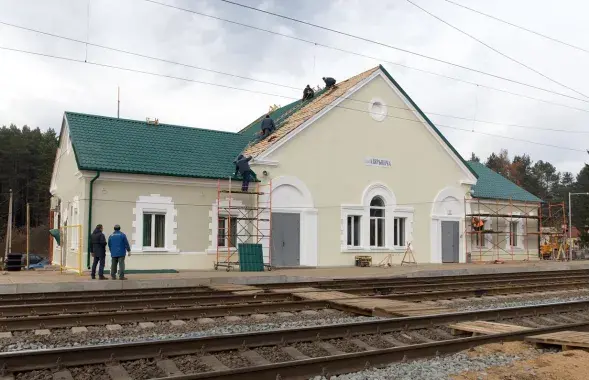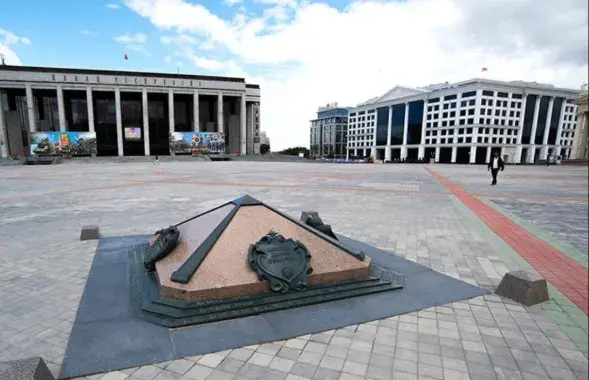Polatsk temples set to get on UNESCO list
The Belarusian scientists are currently in the process of making up a file of heritage that they will submit to UNESCO by early February next year.
Why Polatsk? We have Siargej Tarasau, a respected archeologist in Belarus, to share his view on this issue.
“Our statehood, our Christian history comes from Polatsk. Talking about memorials in terms of UNESCO and ICAMOS standards, the St. Sophia Cathedral, the oldest in Belarus, is definitely the biggest asset both for this country and for the world. Although reconstructed in the 18th century, the ancient walls of this architectural memorial have reflected the history of our nation beginning from the 11th century up to nowadays. The second heritage asset is the Savior’s Euphrothyne Church, where the ancient walls and the ancient architecture style have survived. The frescos and the whole interior lasted out well, too. Ideally, it would be good to put the historical center of Polatsk in general under a heritage protection program,” he said.
ERB’s File
Belavezskaja Pusca (The White Tower Woods) was the first historical site in Belarus to enter the UNESCO’s World Heritage List in 1979. The castle in the town of Mir, the Niasviz Castle and the Struve’s trans-border geodesic arch joined the respected list in 2000.
The heritage file, Belarus is preparing, will focus on the enlightenment activities by Euphrothyne of Polatsk, the European Radio for Belarus has learned.
“The No1 demand for our historical sites is preservation, authenticity and integrity. In this case, the working name [not officially approved yet] of our file is as follows: “The Material Embodiment of the Spiritual Heritage of Euphrothyne of Polatsk”. The nomination will comprise two memorials: the Sophia’s Cathedral, where Euphrothyne started rewriting the books, and the Savior’s Transfiguration Church,” Tamara Djumantaieva, the deputy scientific director at the National Historical and Cultural Reserve in Polack told our radio.
In March, Polack was visited by Natallja Dushkina, a UNESCO expert and a professor from the Moscow-based Architectural Institute. In the past, she was the one who favored the inclusion of the Niasviz Castle into the UNESCO’s heritage list. In her view, the most important thing now is to preserve the authenticity of those historical sites.
“One can only talk about some fragments of the heritage layer, consolidated by the personality of Euphrothyne of Polatsk, which have survived in Polatsk up to now. The spiritual heritage of this outstanding figure in combination with the material evidence of her deeds would become a good point for making those sites qualify for the UNESCO’s list. But, again, given the condition those site are presently in, they should be preserved in such a way so that the chance of putting them on the list and even preparing their file would not damage the existing valuables,” she said.
According to Uladzimir Scasny who chairs the Belarus’s UNESCO commission, the possible inclusion of the memorials in Polatsk could take place as early as in summer of 2009. He explains us more about the privileges of the UNESCO protection status.
“The most important thing for a nation is to posses valuables that can be included into the World Heritage List. The government of Belarus will be the one to provide funding for protection programs. UNESCO is not a donor organization. The World Heritage List currently includes over 800 objects; it is unrealistic to give out funds for every object. UNESCO could provide funding to some seminars or a conference. Anyway, our nation has been and will be able to allocate the sufficient amount of money to maintain those historical sites,” he said.
Apart from the cathedrals in Polatsk, several other Belarusian objects, including the Brest Fortress and a stretch of Independence Avenue in Minsk, are to compete for the World Heritage List status.
Photo by radzima.org

















